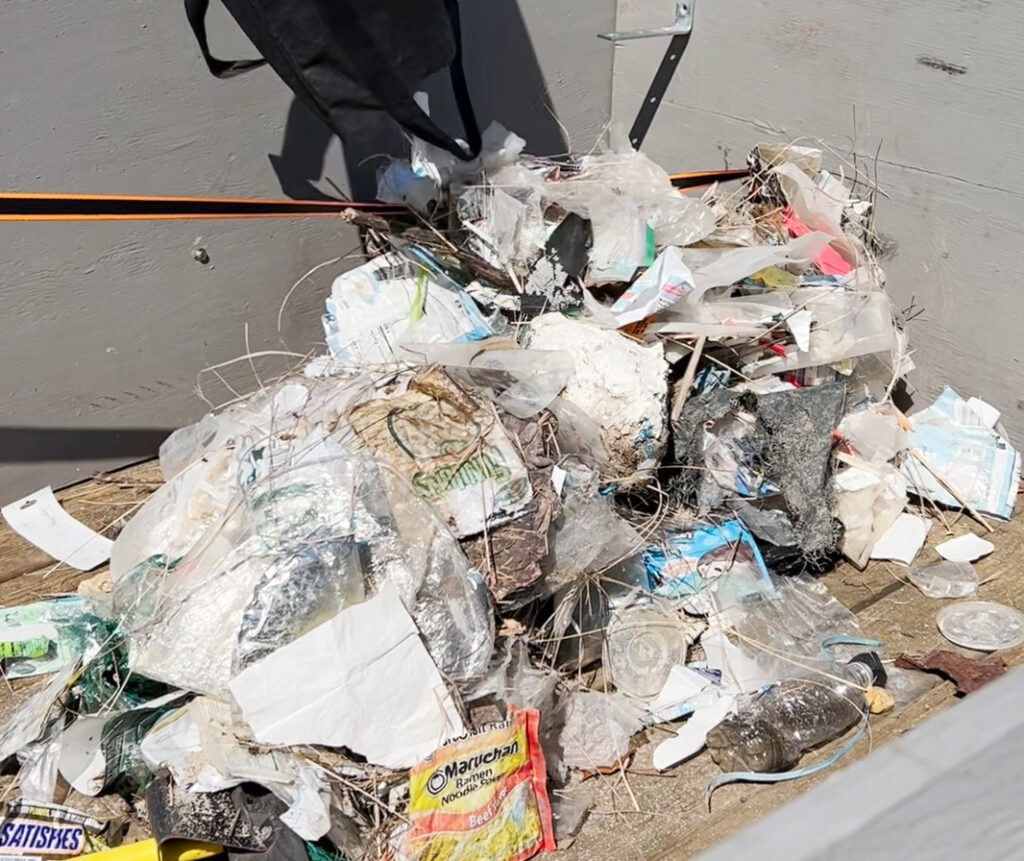Greenport senior spent summer building DIY ventilator she hopes will save lives

For many young students, figuring out how to spend summer vacation in the midst of the COVID-19 pandemic was an arduous task.
For Emily McInnis of Greenport, the break was spent helping a local inventor develop a do-it-yourself ventilator she hopes just might save a life.
“I noticed in the pandemic that there’s a shortage of ventilators,” the 17-year-old high school senior said. “It’s just been a very serious issue with doctors having sort of a real-world trolley problem with making the impossible decision of who to give ventilators to.”
Their project, if put into practice, could be one small step toward a solution in the global shortage of ventilators.
Emily, who is first in her class at Greenport High School with a 101.595 grade point average, began working on the project after seeing a Facebook post by inventor Stephen Bull, a part-time Greenport resident. He was looking for someone in the area with a microcontroller to use for a type of ventilator he was looking to bring to market. Emily’s family happened to have one, but his situation had been resolved by the time her dad, Bob, reached out. Still, a mentor relationship developed.
“He said, ‘Why don’t you build one yourself?’ ” Emily recalled.
Mr. Bull described the task he gave her as a “Tom Sawyer” approach. “I’ll help you paint your white fence,” he said.
“The idea was that somebody would be able to build it for around $100, just from things they get from a hardware store”
Emily McInnis
Emily already knew she wanted to do something positive during the pandemic, but as a high school student had felt she was limited in the ways she could be of use. But with Mr. Bull’s prototype, she set out to create her own version of a ventilator, beginning in June.
Mr. Bull said the product she came back with, which he described in a word as “amazing,” was actually an improvement over the model he had been building.
And it’s a product that can be created using mostly materials found around a house or widely available for purchase. They call it The Venti.
“We’re The Venti 1.0,” Emily said with a chuckle.
Here, in as simple terms as possible, is roughly how it works.
A large plastic storage bin with a small vacuum — think Dirt Devil — attached to it sucks the air out of the bin, creating a negative vacuum inside that pulls the chest up and helps people breathe in. Coding of the microcontroller allows someone to turn it on and off and it records pressure. It’s technological roots are in the iron lung.
Over time Emily made modifications, like using a bin larger than what Mr. Bull had designed and adding foam to the vent to make it more comfortable. Velcro straps now steady it. And to cut down on noise she introduced a longer vacuum hose so the motor can be stored in another area, Mr. Bull noted.
“We had to experiment a lot before we got to the final iteration,” Emily said. “The idea was that somebody would be able to build it for around $100, just from things they get from a hardware store.”
They are currently working to produce instructions that would be made publicly available at no cost to give someone else the chance to make their own ventilator.
“Someone who might not have access to a ventilator due to shortages, or just because they don’t have the funds, could be able to build one from home with the instruction manual,” she said.
Emily has also made progress on a paper she hopes to publish in the Journal of the United Nations to bring even wider exposure to the project and make it accessible to people in other countries. Mr. Bull, meanwhile, is working on patents and lining up investors for a mass production model that would appeal to health care facilities.
Emily is not the first of the McInnis clan to work with mentors on a science-based project that could make a difference in the world. Her older brother Joe, who was the Greenport valedictorian in June, has worked for years on a study of bee colony collapse disorder.
“Seeing him just figure this whole thing out and get really far on a project that had an impact that was definitely inspirational,” she said.
Mr. Bull is aware of what Joe had accomplished and is impressed by both of the McInnis kids.
“It’s a family of people who make stuff happen,”the self-described serial inventor remarked. (Another project of his is a patented artificial sea ice to help disrupt the impact climate change has had in the Arctic.)
Emily, who hopes to attend either Yale or Dartmouth next fall and study a field that utilizes both math and science, said she entered into the ventilator project with no expectations, though she was confident in the work Mr. Bull was already doing.
It’s taught her a lot about how breathing actually happens and it taught her coding. The teamwork aspect was also eye-opening for her.
In the end, the work is incredibly gratifying, now that she knows the product actually works.
“If just one person can build this or use it and it helps them breathe, that sounds like a win to me,” she said.








